PHOTO ESSAY
How does lockdown look from the sky?
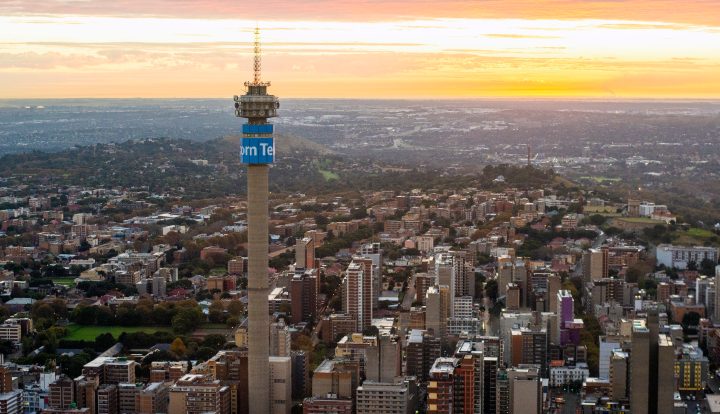
Lockdown continues, but many essential services are operating at a high level. From Gauteng’s Heliport, three companies tell the story in images.
On 1 December 2018, the first part of the Ultimate Heliport facilities were completed at Midrand after four years of planning. Located on 8ha of land, Phase 1 of the Heliport houses over 40 helicopters, 3,100sq m of hangars, offices, maintenance facility, executive boardrooms, restaurant and VIP lounge where customers are able to host meetings upon arrival or prior to departure. The second phase of the project, planned by Ultimate Heliport CEO Shaun Roseveare and soon to be built on an adjacent piece of land, will include additional hangars, more offices and the latest flight simulators, in keeping with the company’s aim to transform the facility from a heliport into a complete aviation services node.
Heliport manager Keith Batchelor says, “It is important that only essential staff remain present during the pandemic in order to refuel from the facility during the lockdown, which allows for vehicle tracking, surveillance and emergency services such as air ambulances, for example, to function. Limited maintenance staff are on site in case of possible and necessary work to be done on the machines that are running during this time.”
Key staff members, as stipulated by President Cyril Ramaphosa, are operating from the facility while others are available remotely to assist with queries.
Bidvest Protea Coin
George Tonking and Mark Stewardson, pilots for Bidvest Protea Coin, delve a little deeper into operations during lockdown. Chief pilot Tonking explains that the company has been rather busy during the past month or so and 180 hours have been flown. They might be flying frequently, but both pilots say they have never seen airspace so quiet.
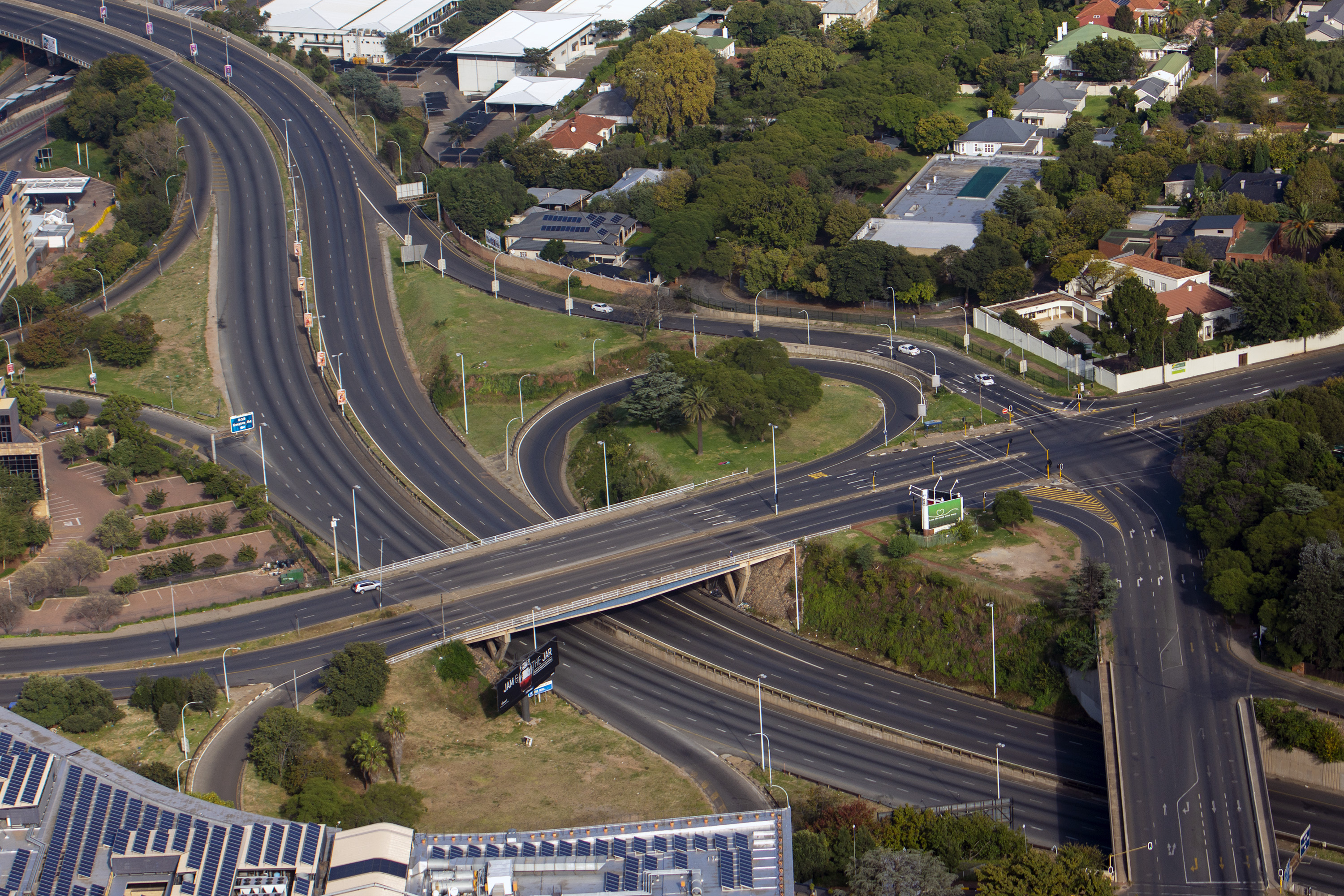
Image by Robin Malherbe for Bidvest Protea Coin
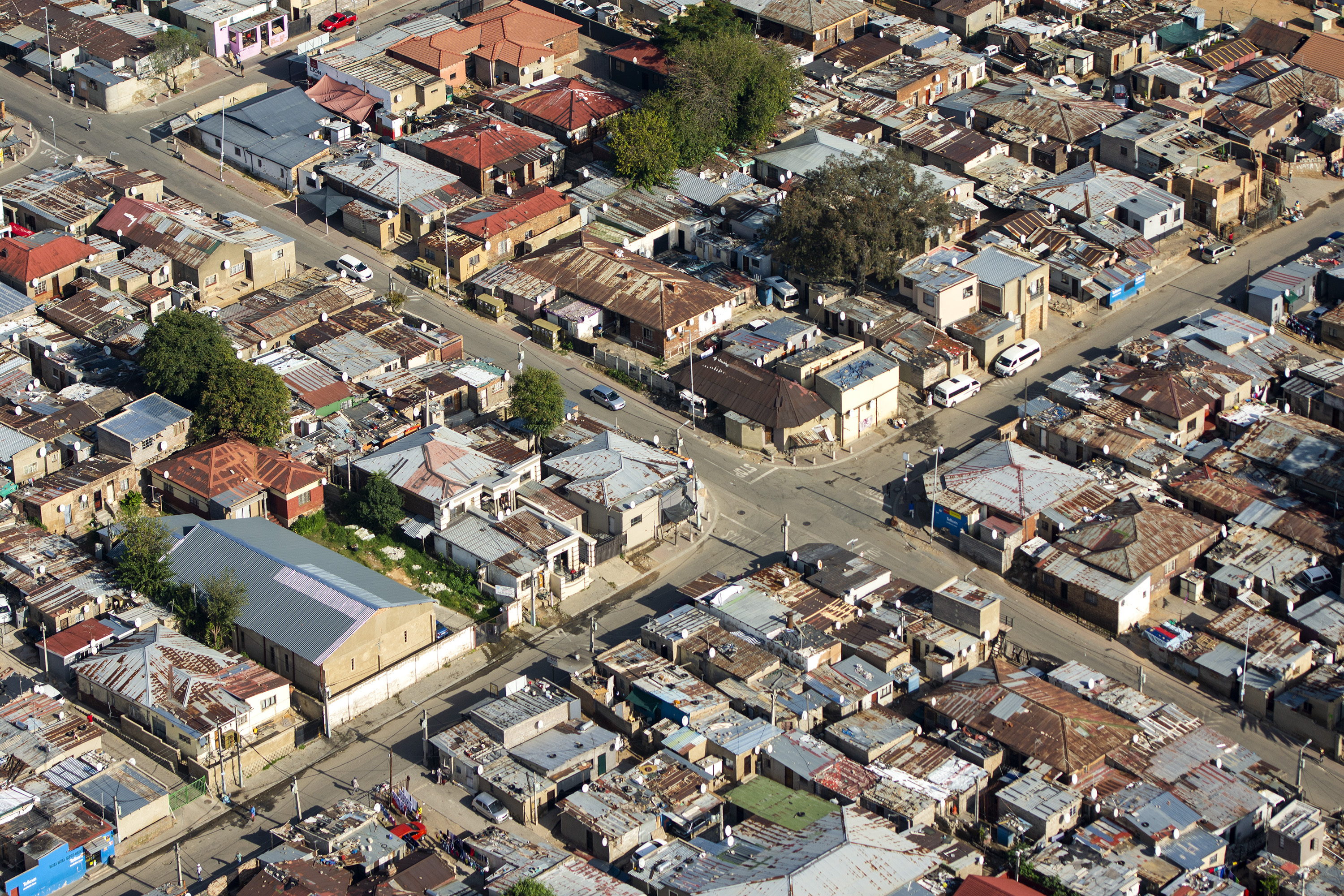
Image by Robin Malherbe for Bidvest Protea Coin
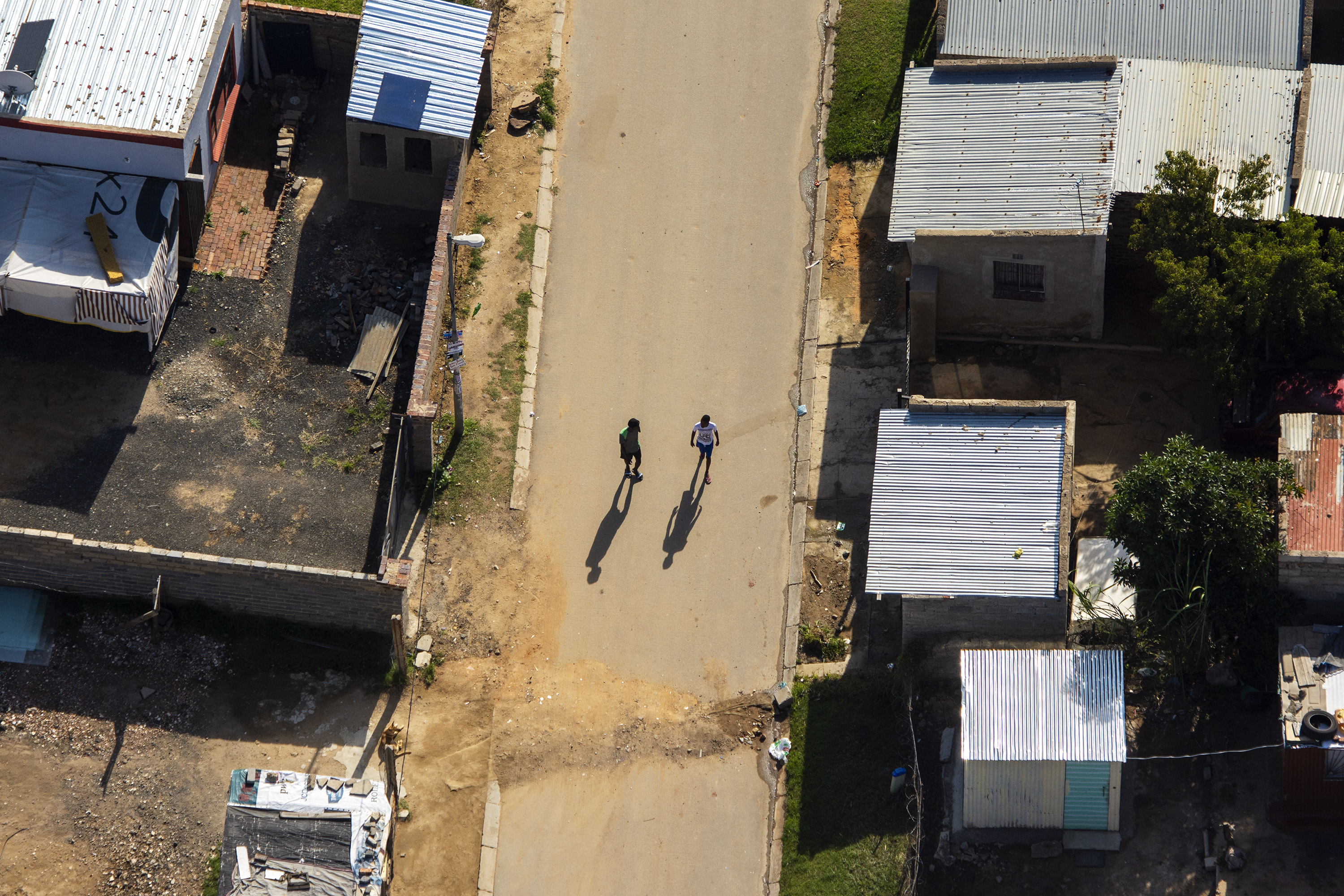
Image by Robin Malherbe for Bidvest Protea Coin
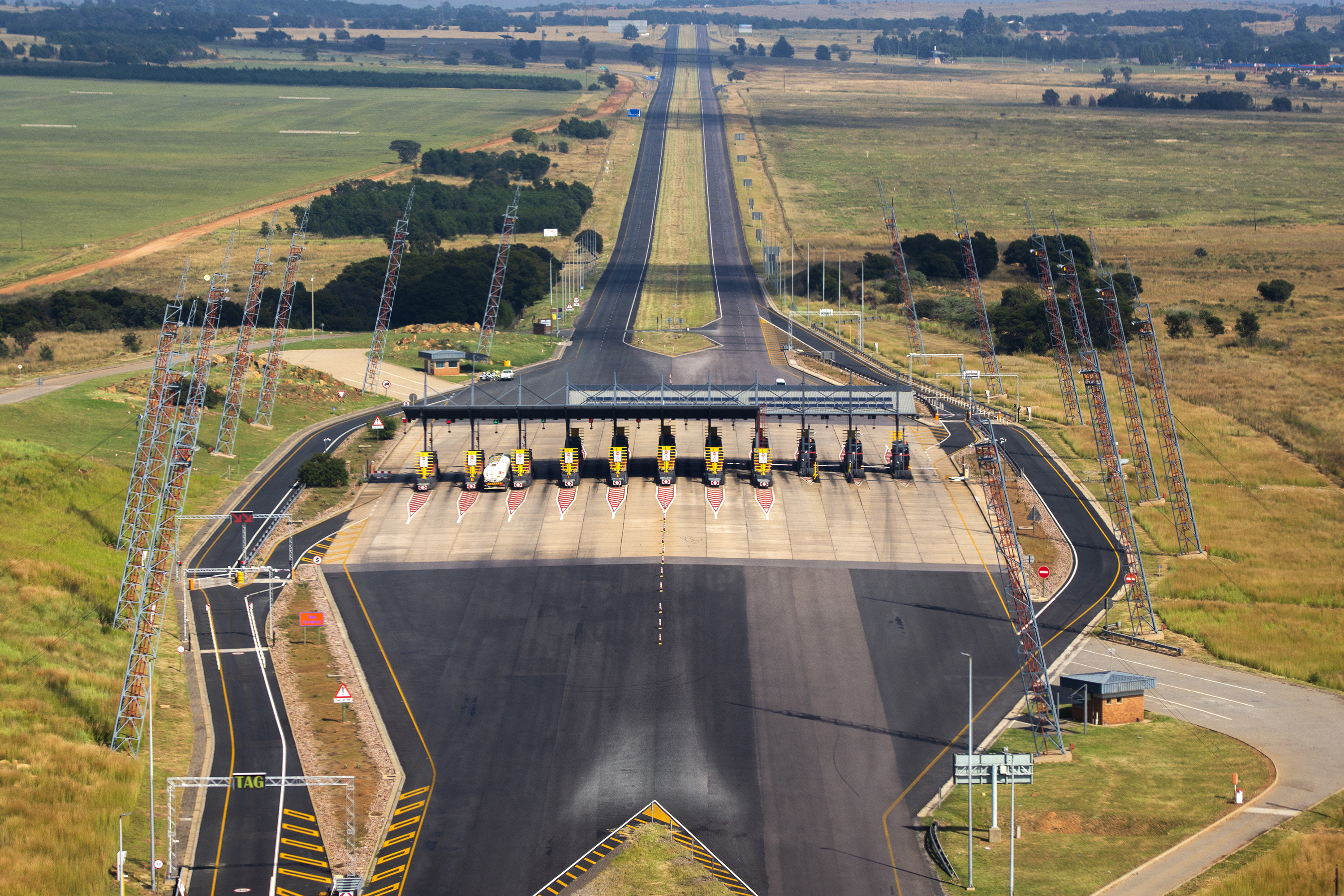
Image by Robin Malherbe for Bidvest Protea Coin

Image by Robin Malherbe for Bidvest Protea Coin
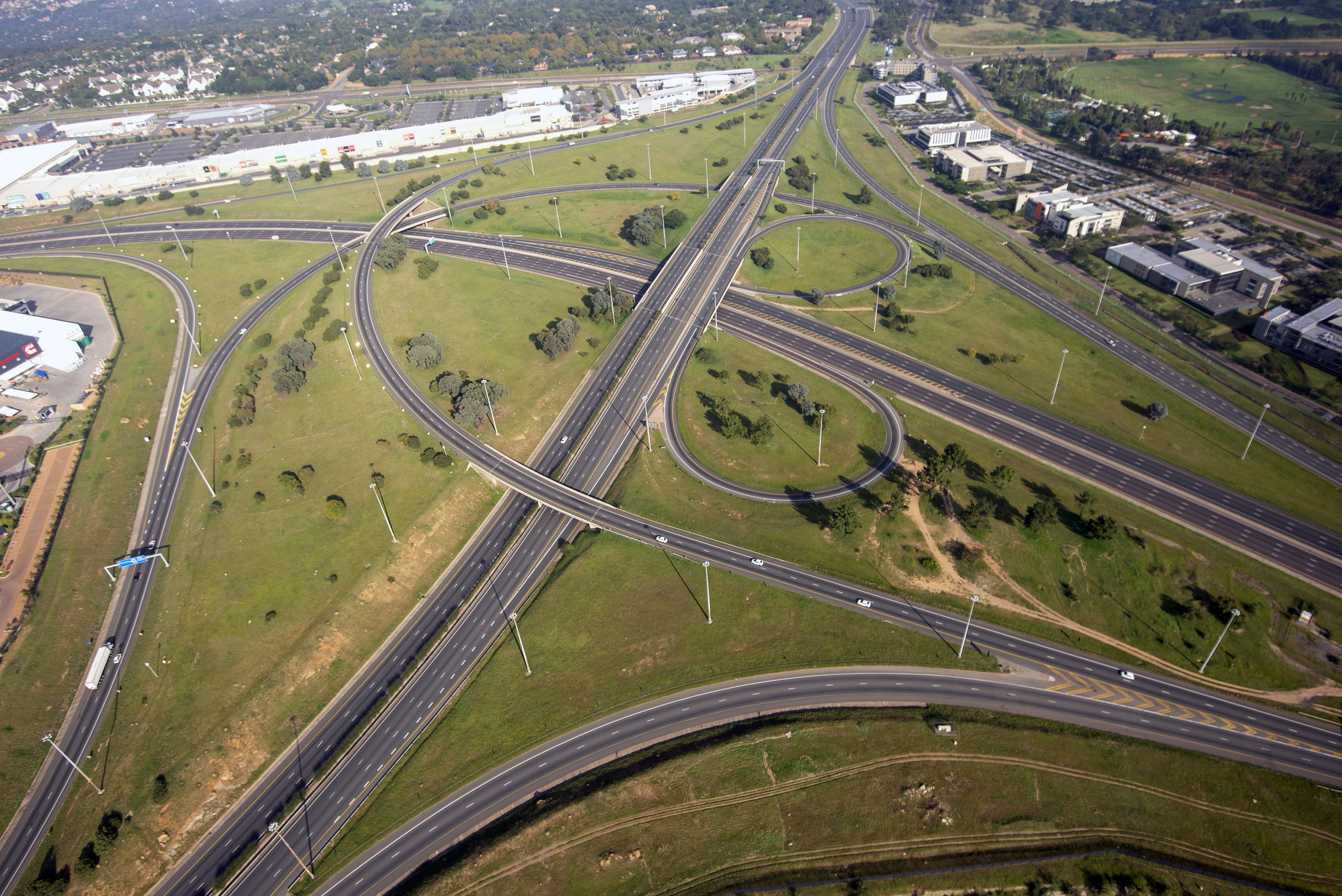
Image by Robin Malherbe for Bidvest Protea Coin
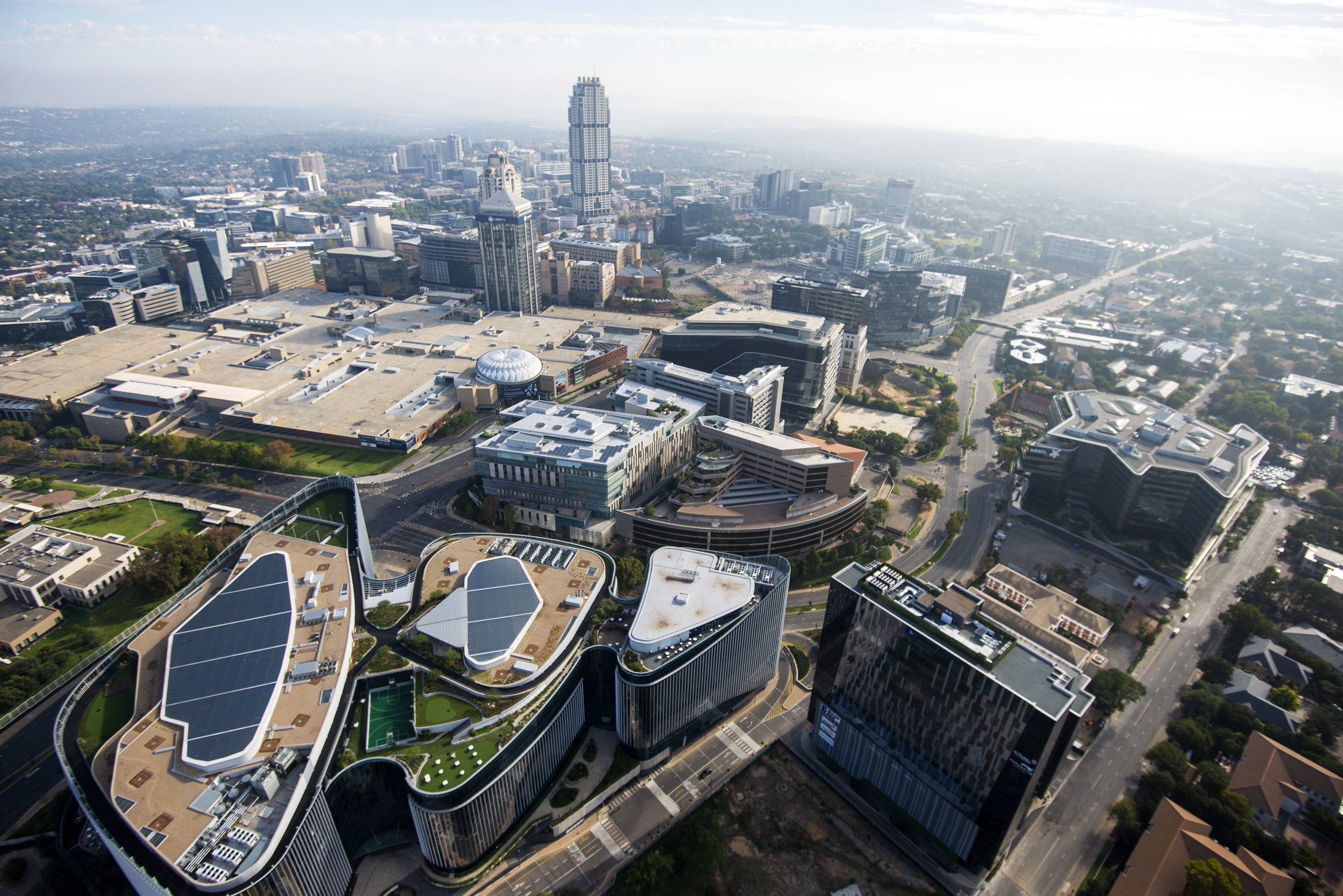
Image by Robin Malherbe for Bidvest Protea Coin

Image by Robin Malherbe for Bidvest Protea Coin
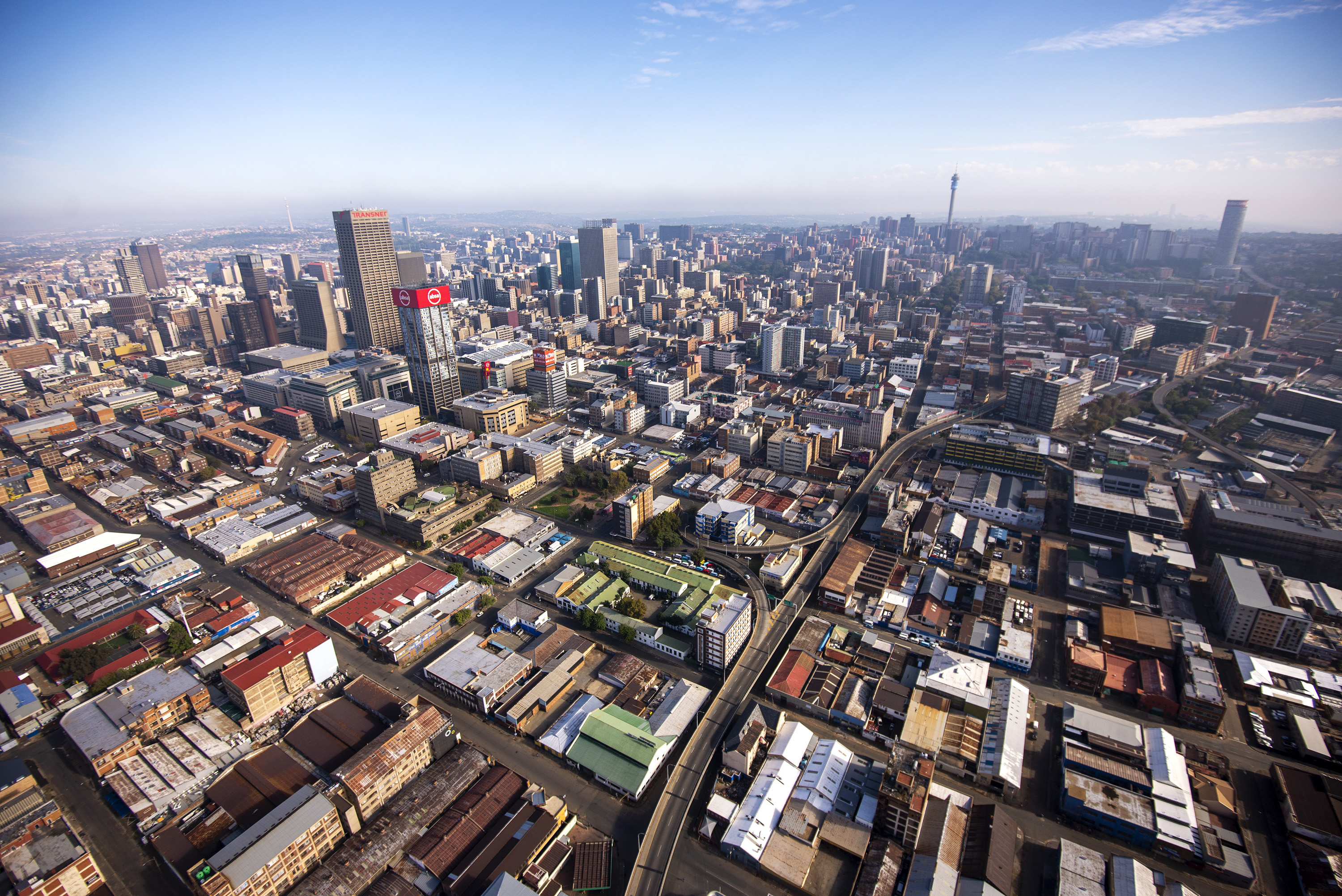
Image by Robin Malherbe for Bidvest Protea Coin
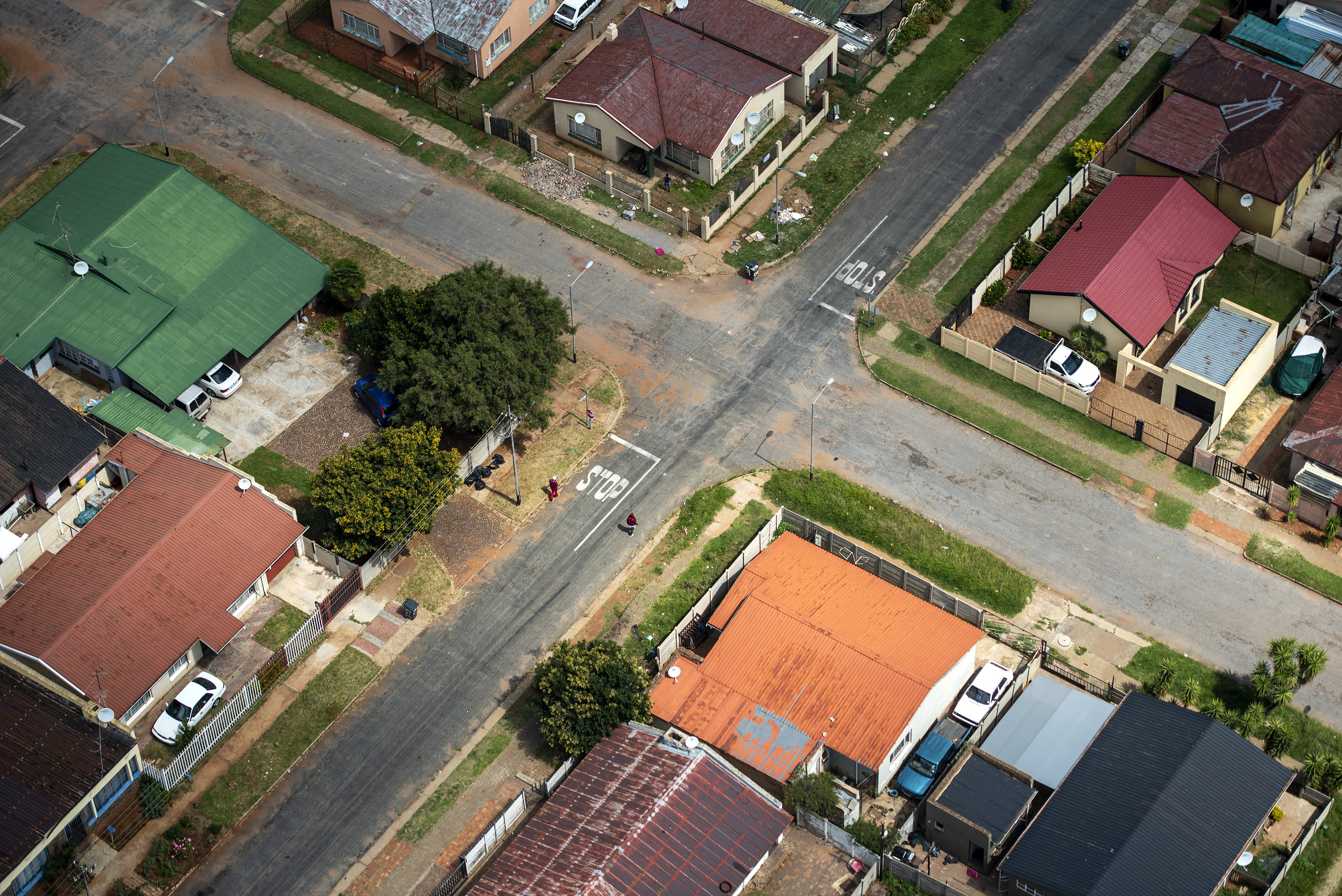
Image by Robin Malherbe for Bidvest Protea Coin
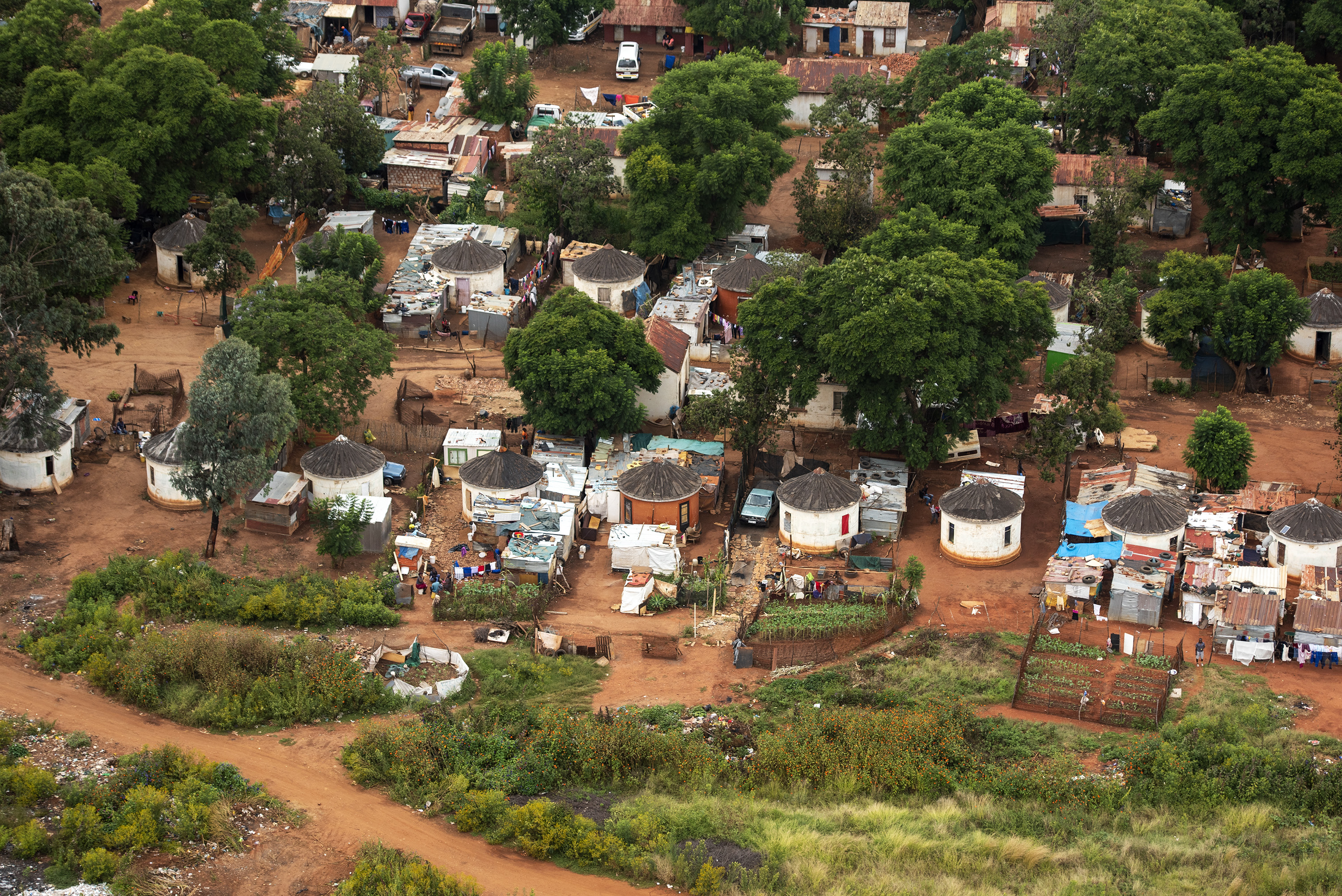
Image by Robin Malherbe for Bidvest Protea Coin
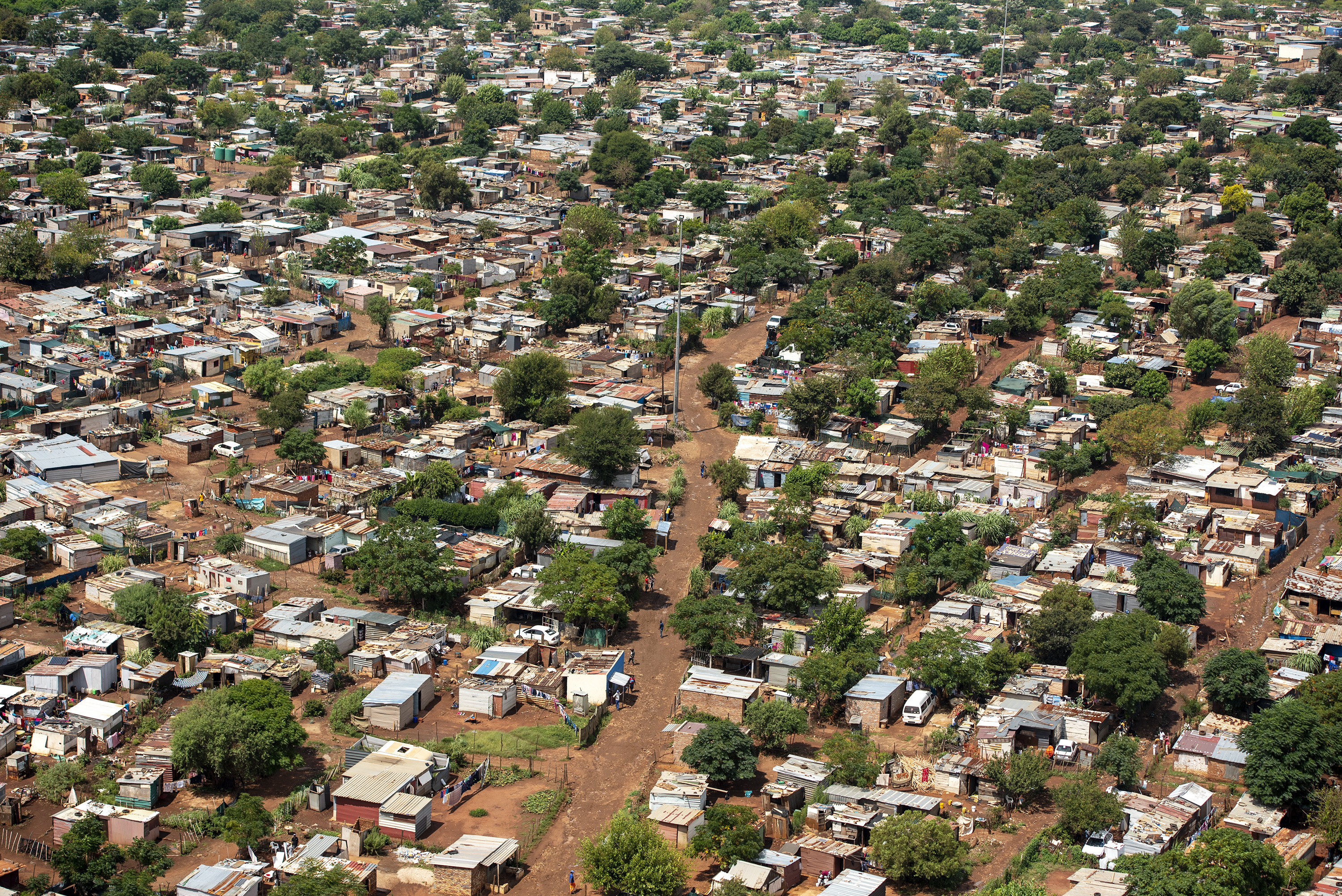
Image by Robin Malherbe for Bidvest Protea Coin
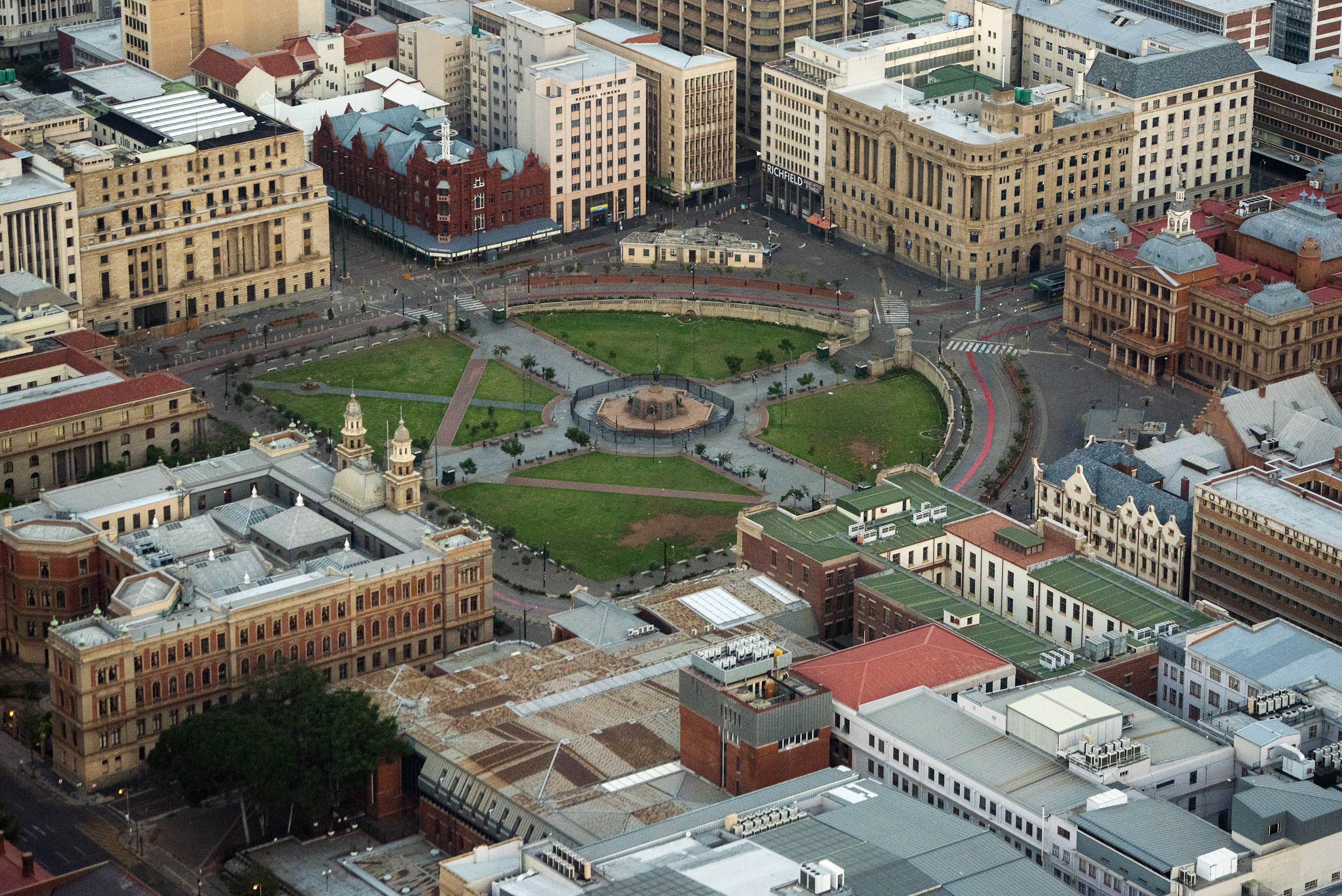
Image by Robin Malherbe for Bidvest Protea Coin
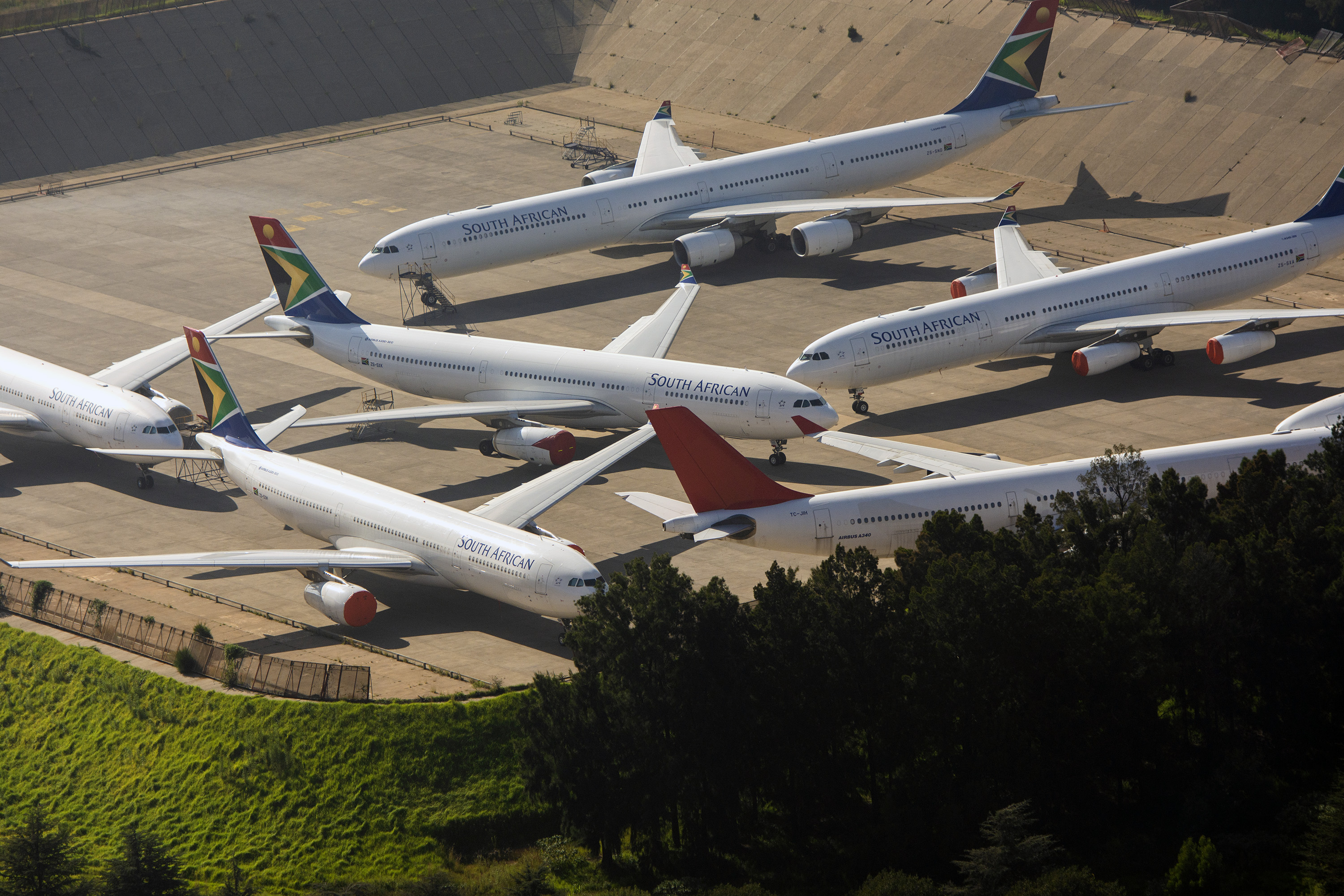
Image by Robin Malherbe for Bidvest Protea Coin
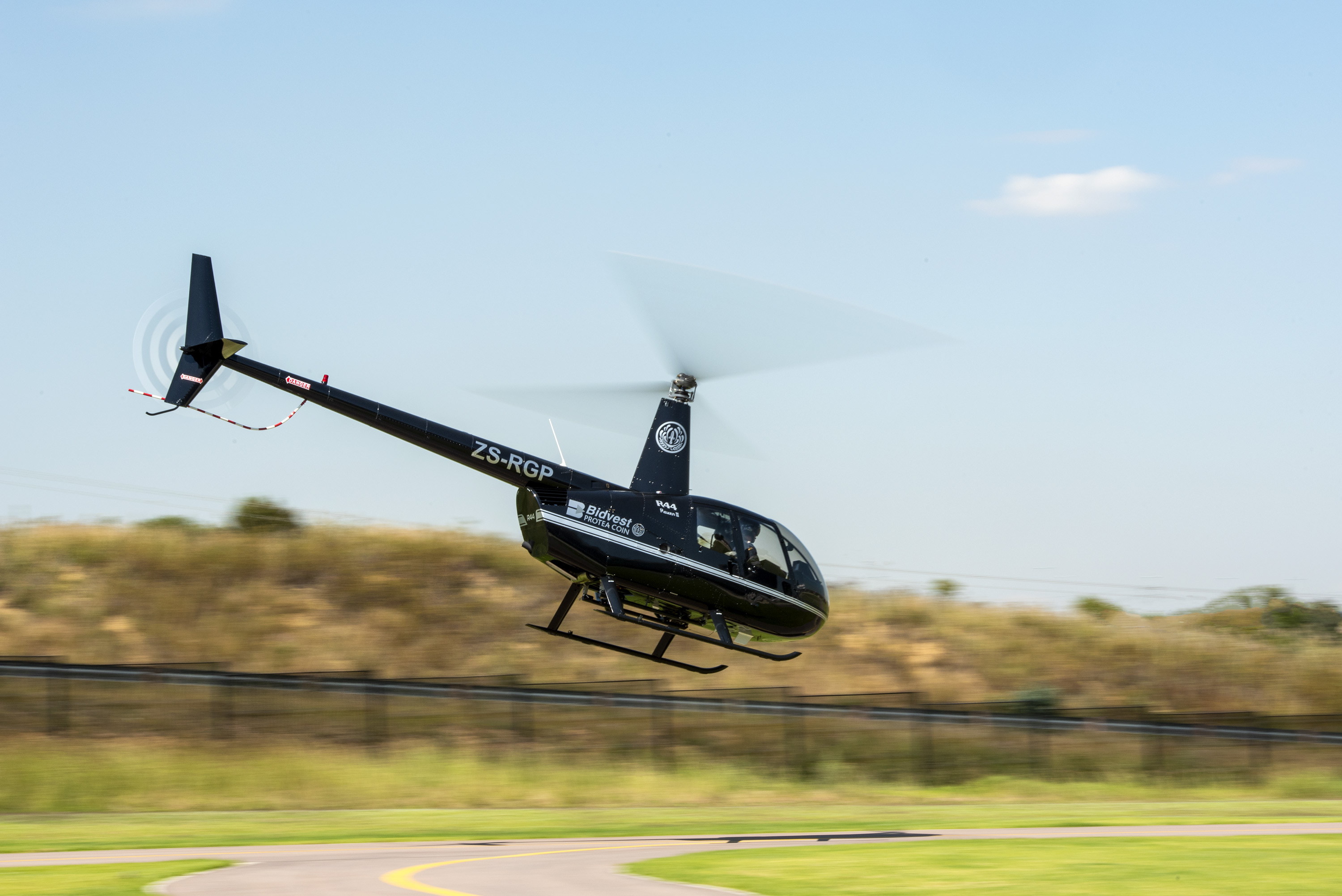
Image by Robin Malherbe for Bidvest Protea Coin
The pilots’ main tasks involve security surveillance, including protection of cash-in-transit vehicles and essential infrastructure such as cell phone towers. They service the Gauteng region and it seems the lockdown has led to a relatively trouble-free time crime-wise — with a lot more surveillance happening.
The team uses a Robinson R44, a helicopter the company has modified, making it the only R44 with a side-mounted FLIR Systems U8500 — a thermal imaging infrared camera — in the world. This enables them to see targets from 6km away without the chopper being noticed from the ground during night operations.
Halo Aviation
Neville Vlok, chief medical officer of Halo Aviation, reveals that his company has installed the only “quarantine heli unit” in Africa — on its BK117. The Covid-19-dedicated craft conversion was completed a week before the start of the lockdown and allows passengers testing positive for the virus to be transported safely from one location to another without risk of infecting flying or medical crew.
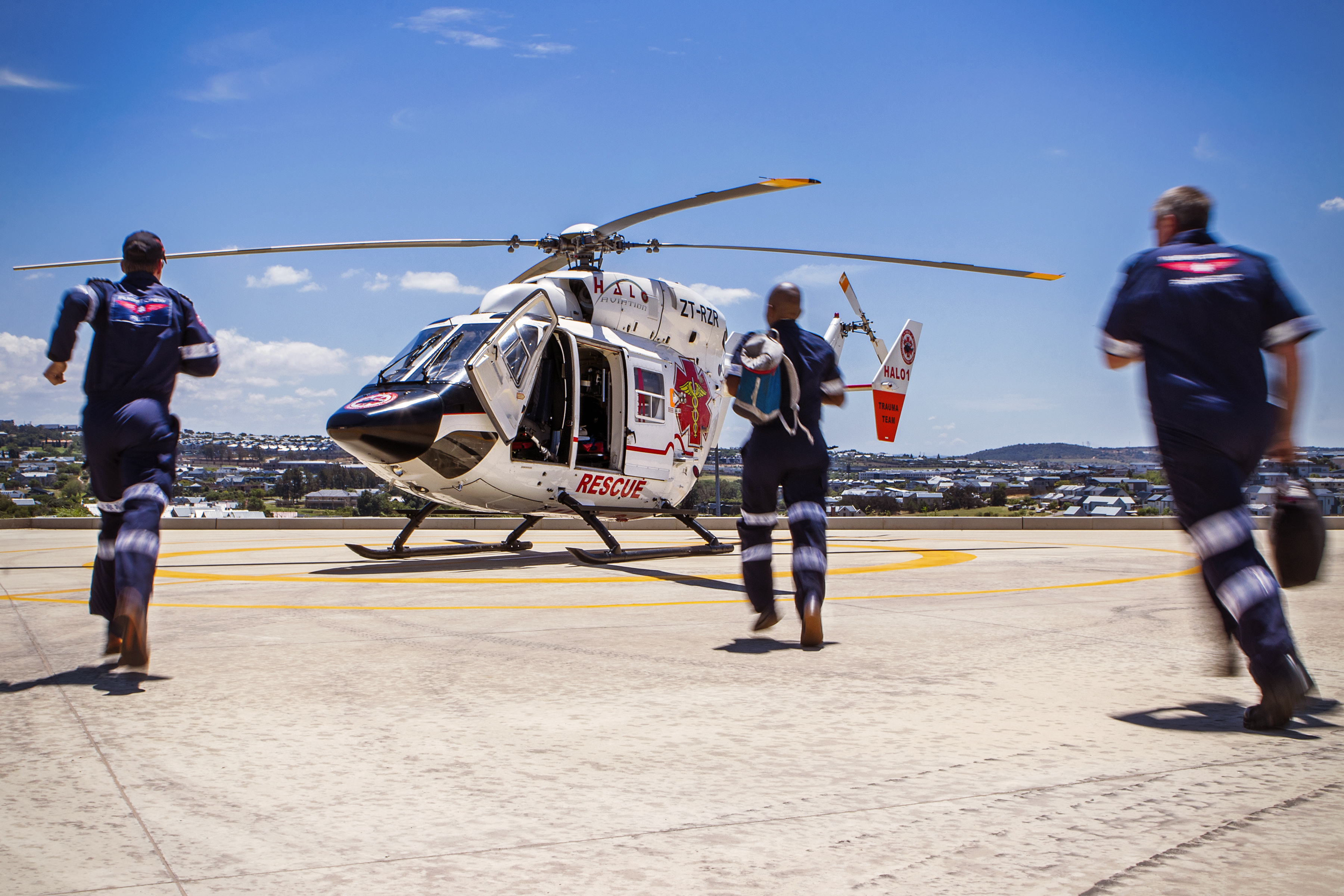
Image by Neville Vlok
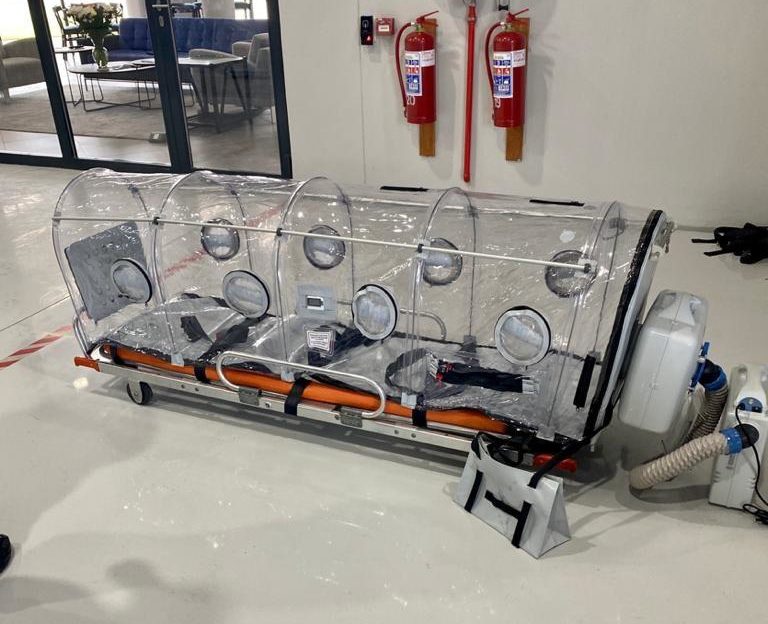
Quarantine heli-unit (Image by Neville Vlok)
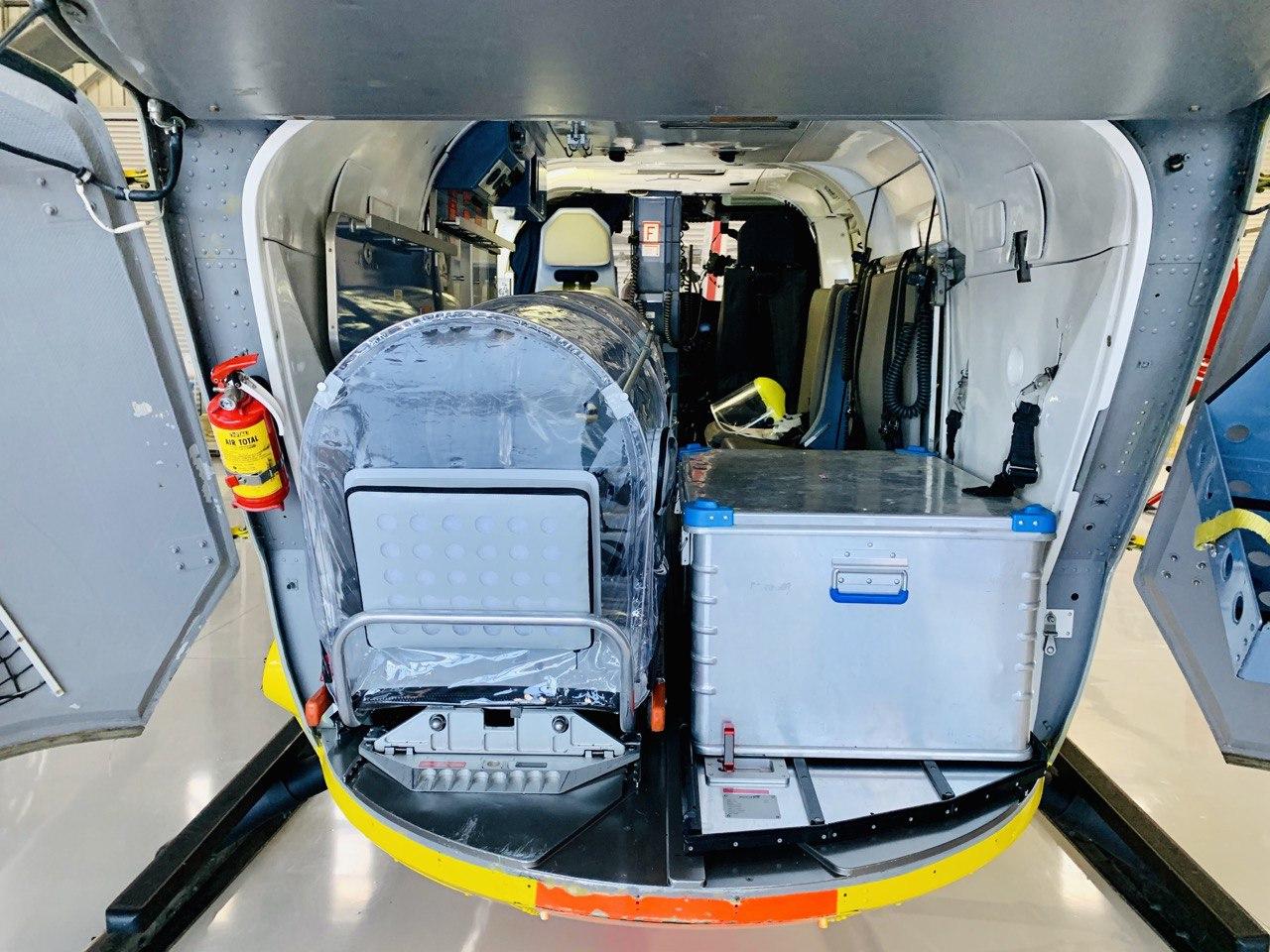
Quarantine heli-unit (Image by Neville Vlok)
The negative isolation unit looks like a plastic tent and is fitted with a pump to ensure that no air from the chamber is released into the rest of the helicopter during flight. Though the personal protective equipment (PPE) needed on board has resulted in a warmer and more uncomfortable working environment, with the crew’s goggles often fogging up, the team has not stopped working and a great feeling of camaraderie has been built, says Vlok.
Ultimate Heli
Ultimate Heli CEO Shaun Roseveare explains that, “Since the announcement of the lockdown we have actively been involved in the following flight operations.” These operations range from cash-in-transit surveillance to dropping food onto the SA Agulhas II ship for the team of scientists on Marion Island.
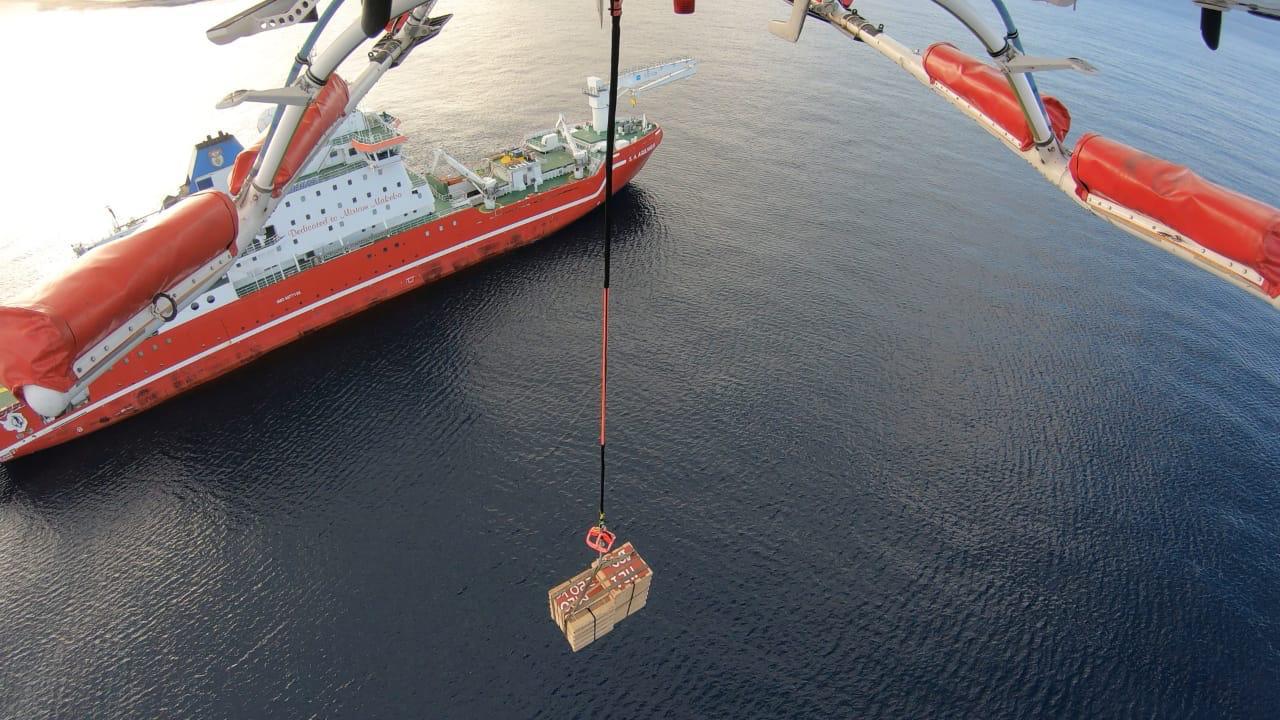
Dropping food supplies on the SA Agulhas II (Image by Waldo Venter)

Dropping food supplies on the SA Agulhas II (Image by Waldo Venter)
He adds, “Two of our Bell 412EP helicopters departed Cape Town harbour on board the SA Agulhas II for the annual Marion Island annual replenishment voyage last week. These helicopters have already started re-supplying the island with much-needed supplies to see them over a 12-month period. Our fixed-wing flight operations at various African bases have continued providing much needed supplies to various aid agencies on the continent.” DM/ML


















 Become an Insider
Become an Insider